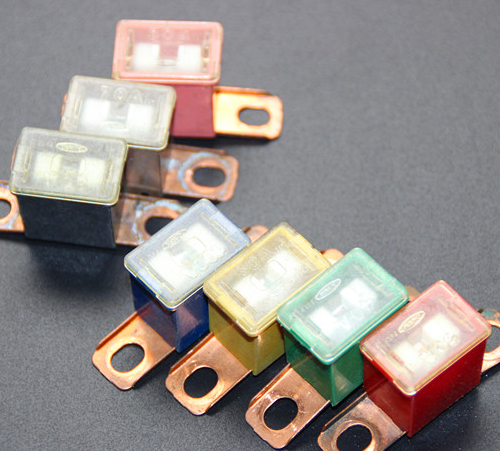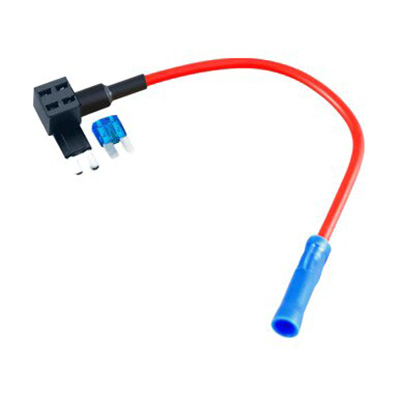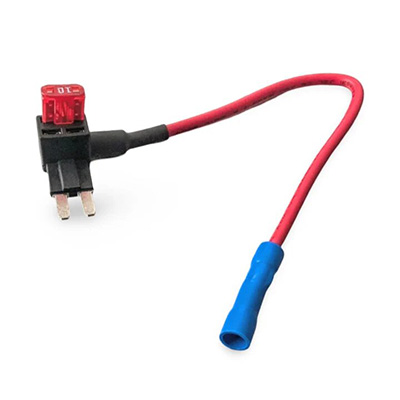Advanced Automotive Fuses: Safeguarding Emission Control for Cleaner Environments
News 2025-10-13
In the automotive industry, fuses are essential components that protect electrical systems from overloads and short circuits. When it comes to emission control systems, which are critical for reducing pollutants like nitrogen oxides and carbon monoxide, specialized car fuses ensure reliable operation. These fuses are designed to handle the unique demands of modern vehicles, including those with advanced technologies such as selective catalytic reduction and exhaust gas recirculation. By preventing electrical failures, they help maintain system integrity, supporting compliance with global emission standards and contributing to environmental sustainability. Their role is vital in extending the life of sensitive parts, making them indispensable in both conventional and electric vehicles.

Applications in Vehicle Emission Control
Emission control systems rely on fuses in various real-world scenarios to protect intricate components. For example, in diesel engines, fuses safeguard the diesel particulate filter and NOx sensors from current surges that could occur during cold starts or heavy loads. In hybrid models, they shield the integration points between the battery system and emission monitors, ensuring seamless operation under varying driving conditions. Additionally, fuses are crucial in the wiring of onboard diagnostics, where they prevent faults that might trigger malfunction indicator lights, thus avoiding unnecessary repairs and maintaining optimal emission performance in urban and highway settings.
Performance Advantages of Dedicated Fuses
Car fuses engineered for emission control offer significant benefits that enhance system reliability and efficiency. They provide precise current interruption, activating swiftly to isolate faults without affecting adjacent circuits, which is essential for components operating at low voltages. This design reduces the risk of thermal runaway in sensors and actuators, ensuring consistent accuracy in emission readings. Furthermore, these fuses boast superior durability against automotive stresses like temperature fluctuations and vibrations, meeting standards such as ISO 8820. Their compact size and high breaking capacity allow for space-efficient installations, ultimately improving fuel economy and lowering the total cost of ownership for vehicle manufacturers and owners.
Frequently Asked Questions
1. What is the primary function of a car fuse in emission systems?
Answer: It protects sensitive electronic components from electrical overloads, preventing damage that could impair emission reduction capabilities.
2. How do fuses contribute to meeting emission regulations?
Answer: By ensuring reliable operation of control systems, fuses help vehicles adhere to standards like EPA Tier 3, reducing the risk of non-compliance.
3. Are there specific fuse types recommended for modern emission controls?
Answer: Yes, blade and micro fuses are often used due to their compact design and ability to handle the precise current needs of advanced emission technologies.


